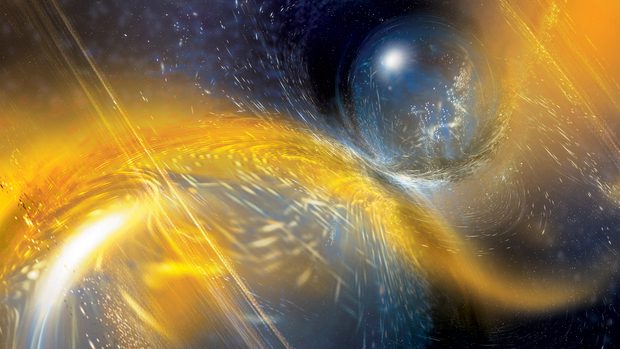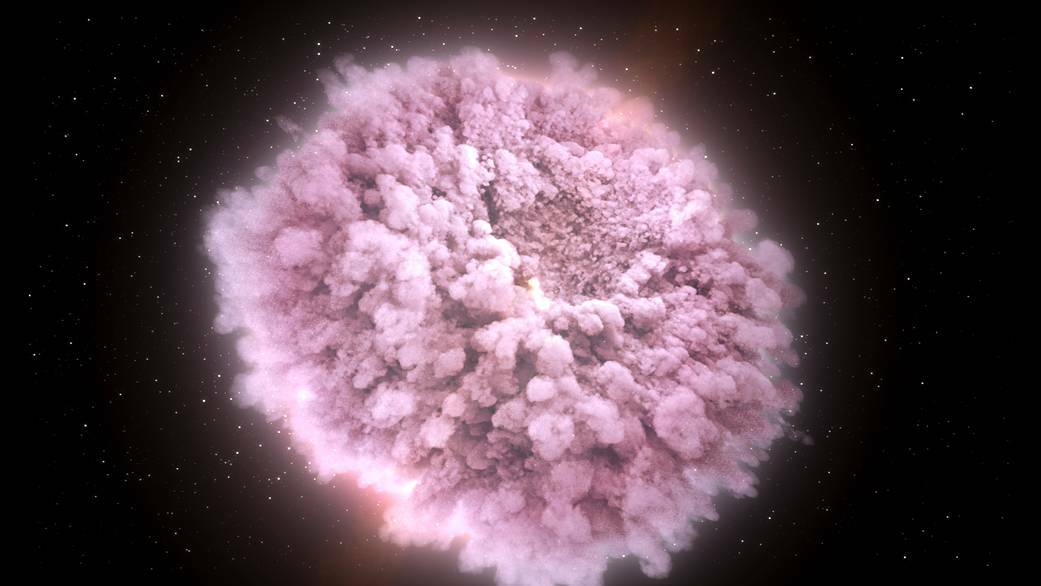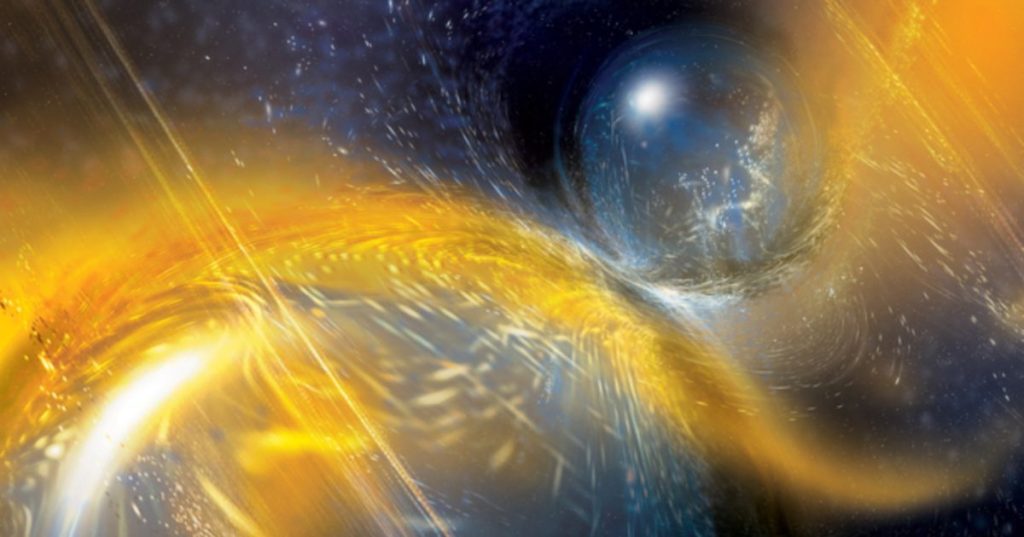I think there’s some debate on whether the oceans or space is the last frontier. Either way, I think we’ve still got plenty of world out there to explore – and we all have our favorite mysteries waiting to be solved.
For those space enthusiasts, there are always sounds and explosions and cool stuff we’ve never seen before suddenly popping up, and the mystery of this giant, far-off blast is no different.

Image Credit: Image Credit: National Science Foundation / LIGO / Sonoma State University / A. Simonnet
Astronomers have had the capability to detect powerful bursts of energy in the deep reaches of space for awhile now, and no, it’s not always clear where they’re coming from right away.
This most recent unidentified blast came from around 130 million light-years away. It’s similar to a recent dramatic event – two neutron stars colliding in a colossal collision – but Harvard astronomy professor Edo Berger says this appears to be a separate release of energy.
“There’s something else happening now.”
NASA’s Chandra X-ray Observatory picked up the burst, which they say was intense – like a sonic boom created when a plane breaks the sound barrier.
New research was recently published in The Astrophysical Journal Letters, in which astronomers proposed two possible scenarios they think could explain what was detected.

Image Credit: Image Credit: NASA / CXC / M. Weiss
First, they say a “kilonova glow” could be behind it. That’s when two neutron stars – which are incredibly dense – collide, creating a super bright blast. Astronomers think they have some importance to the universe, perhaps in forging important elements and metals like gold and platinum. The blast also heats up the gases and stardust around it, causing the blast and the glow that we can detect from so far away.
Aprajita Hajela, who led the research, explains why its such a favorable theory.
“It is one of the proposed predominant sites for the heavier elements in the universe.”
Others at NASA think it’s more likely that a black hole was the cause – or at least, that a dramatic neutron star merger created one.
When debris falls into the black hole it releases tons of energy as it spirals around, which could account for what was detected.
Hejela says it wouldn’t be surprising for the blast to be the result of another neutron star collision.
“Most stars are actually found in systems with one or more companions. As profoundly dense neutron stars lose momentum and collide, it results in mergers and bursts of energy.”

Image Credit: Image Credit: NASA Goddard Space Flight Center / CI Lab
To find out for sure, astronomers will continue to watch the type of radiation coming from the location, which should reveal the source – radio emissions if it’s an afterglow and X-ray emissions if they’re black holes.
Either way, this isn’t the end of the story. Which is what makes all of this so cool in the first place.

